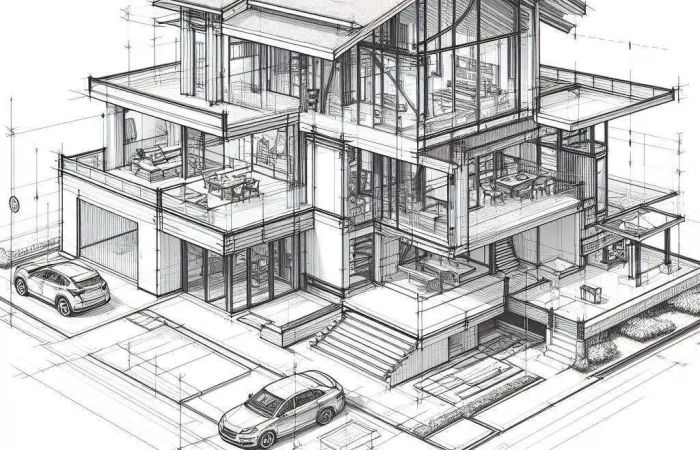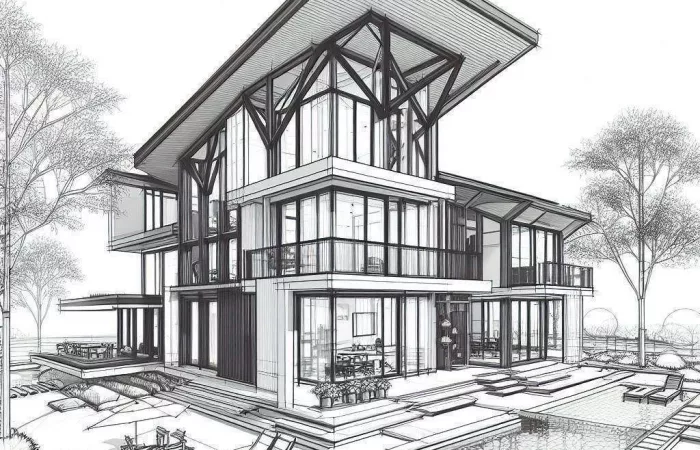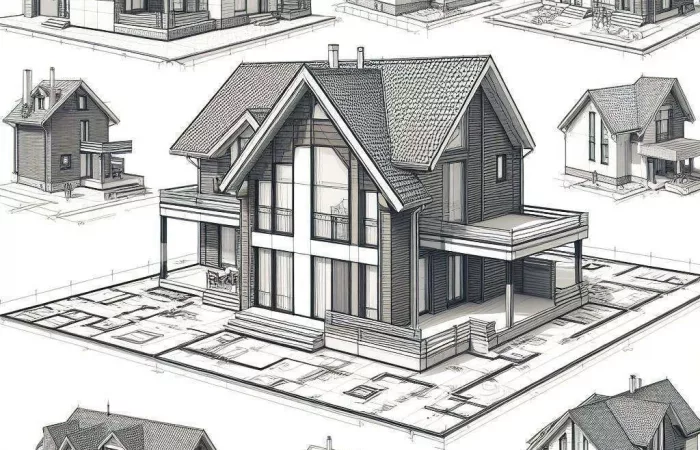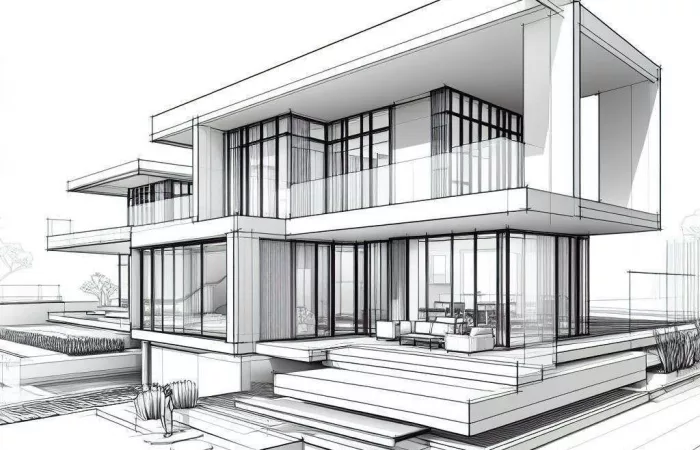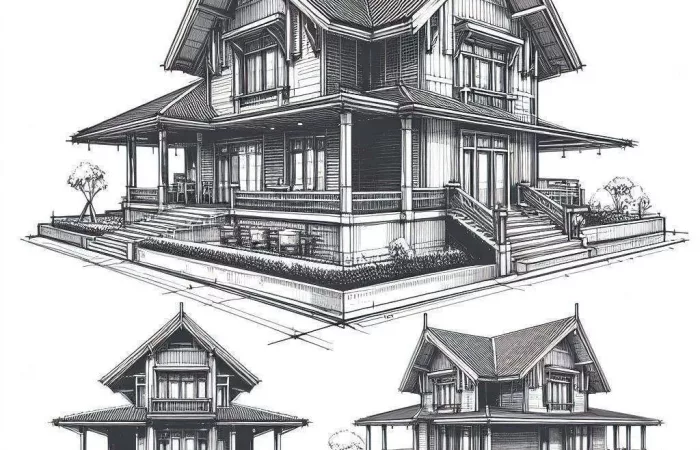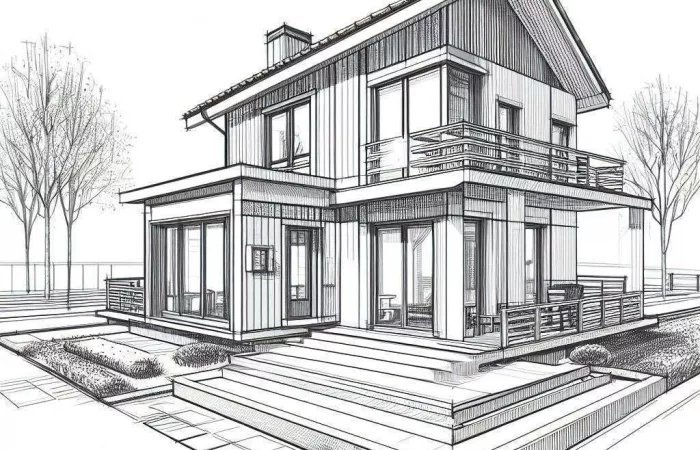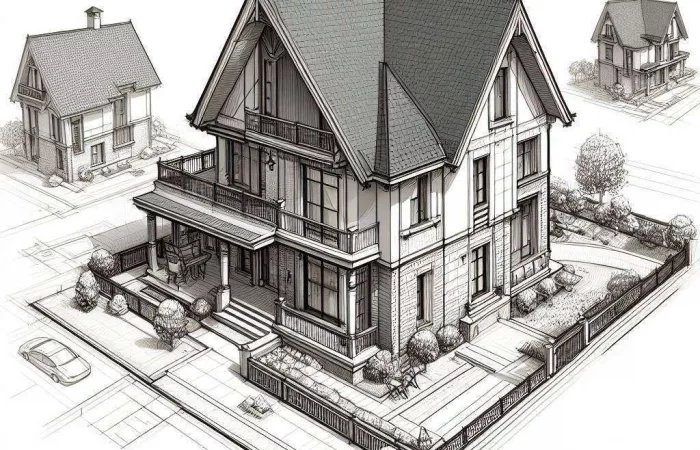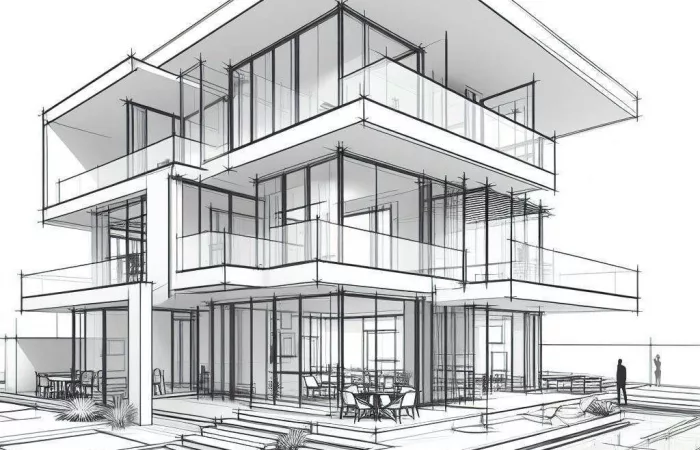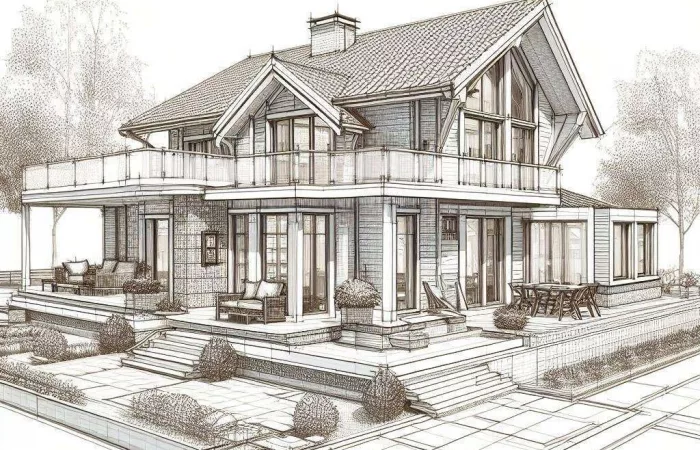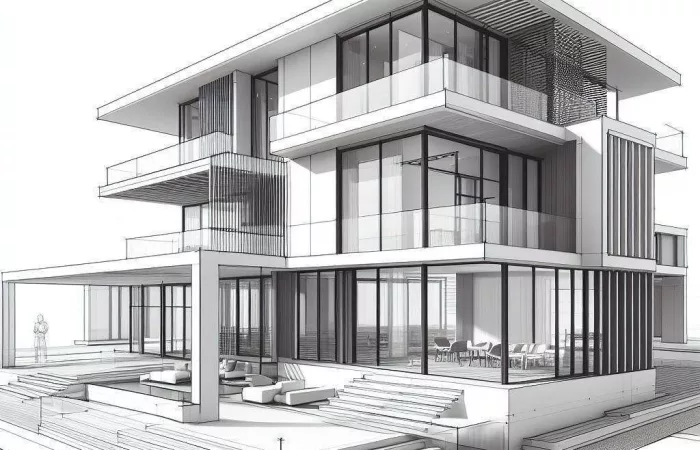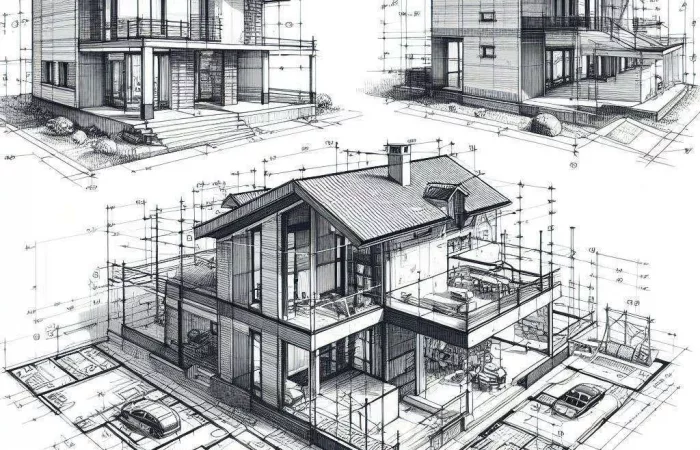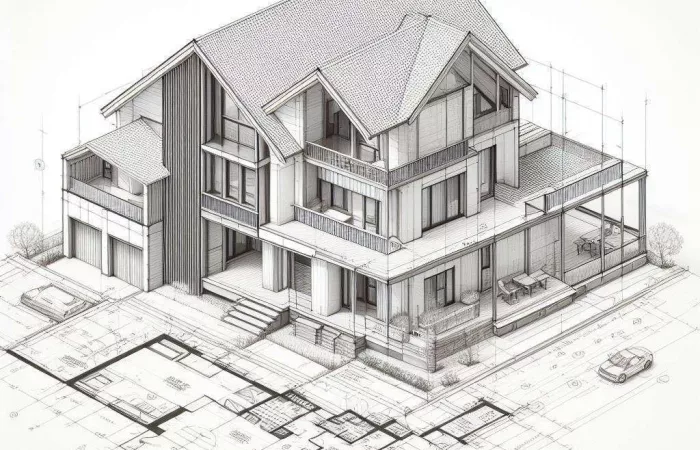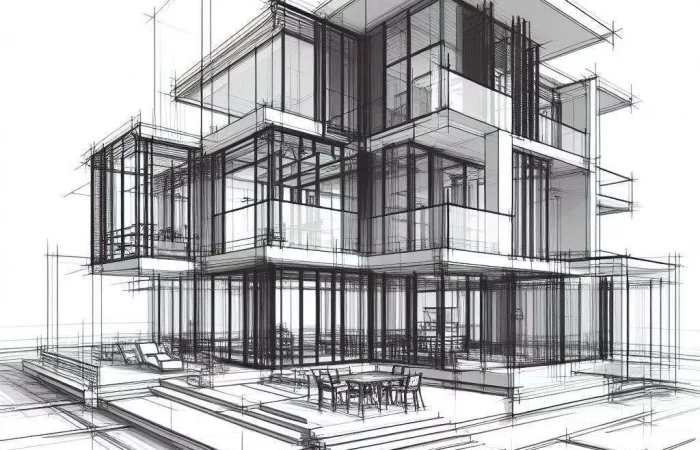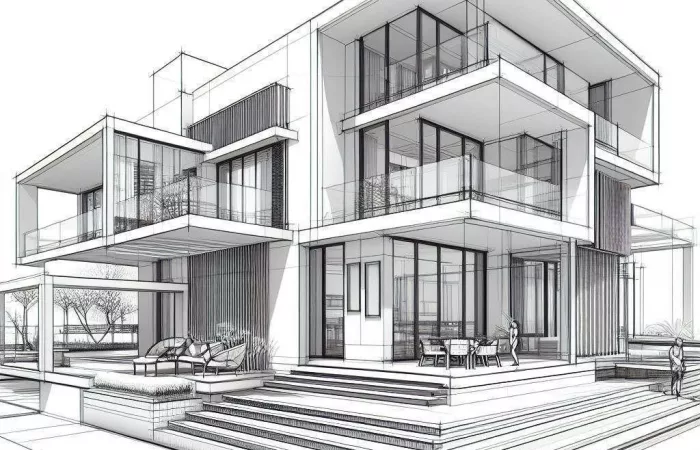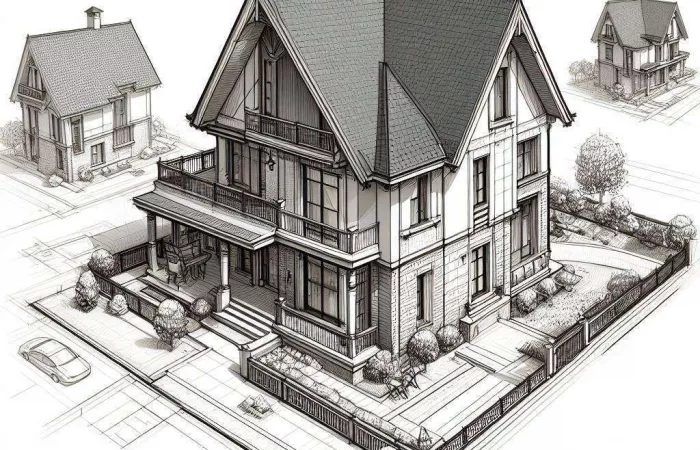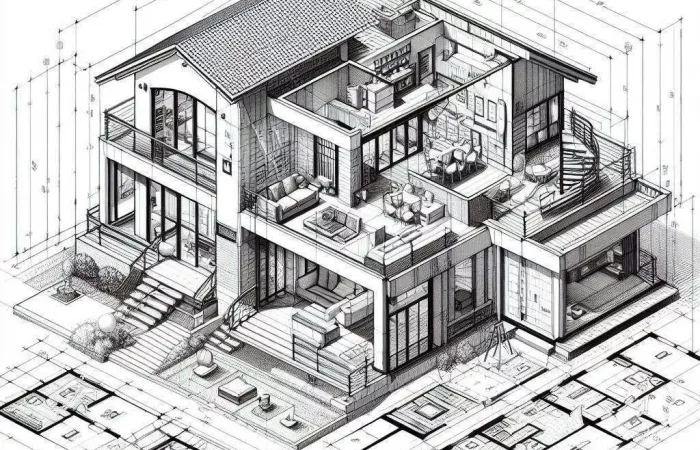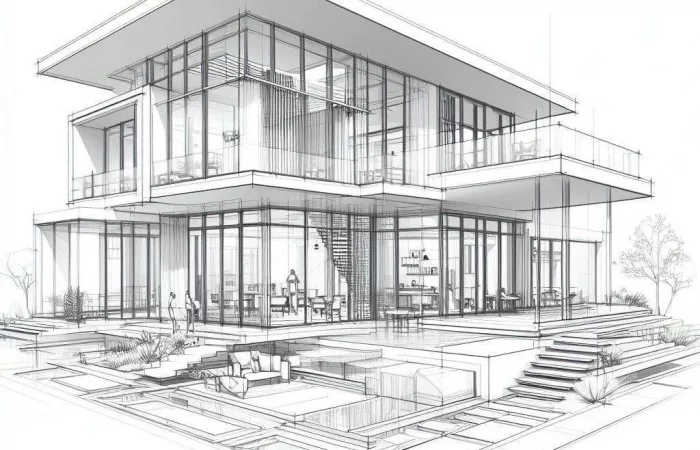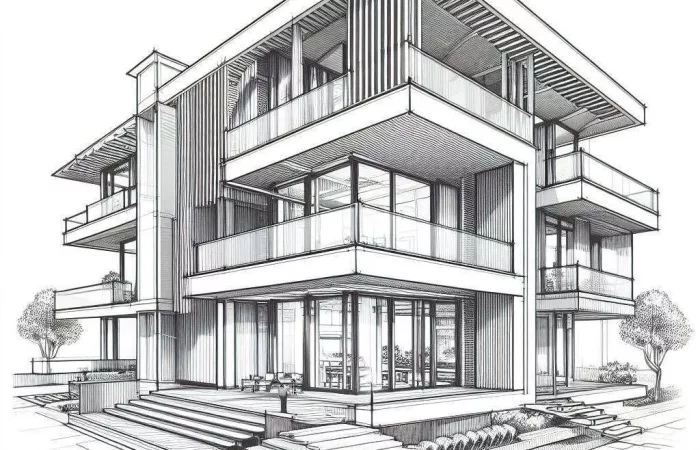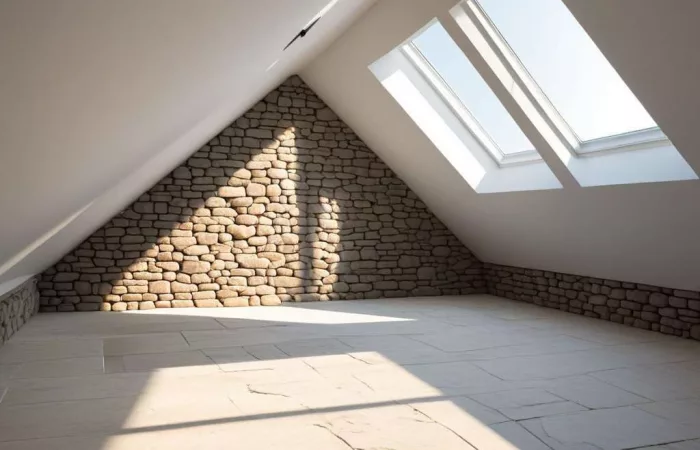AI Based Design
AI-based Architectural Design
AI-based architectural design represents a transformative approach in the way we conceptualize, create, and shape our built environments. By harnessing the power of artificial intelligence, architects can explore innovative possibilities and optimize various aspects of the design process.
AI algorithms analyze vast datasets comprising architectural styles, building materials, environmental conditions, and user preferences. These insights enable architects to generate designs that align with specific needs while considering factors like sustainability, functionality, and aesthetics.
One of the remarkable aspects of AI in architecture is its ability to generate design alternatives swiftly. Through generative design algorithms, AI can produce numerous iterations based on specified parameters, allowing architects to explore a wide range of options that might otherwise be overlooked. This not only enhances creativity but also helps in discovering novel, efficient design solutions.
Moreover, AI aids in predictive modeling, simulating how buildings will perform under different conditions such as climate variations, natural light exposure, and energy efficiency. This assists architects in making informed decisions that optimize the building’s performance and environmental impact.
Architectural design encompasses a wide range of considerations, spanning from aesthetics to functionality, sustainability, and practicality. Here are some important aspects to consider in architectural design:
- Functionality: The design should fulfill its intended purpose effectively and efficiently. Spaces should be organized to accommodate the activities they’re intended for.
- Aesthetics: The visual appeal of a building is crucial, as it can influence people’s perception and experience. A balance between form and function is essential to create visually pleasing designs.
- Sustainability: In today’s world, sustainability is a critical consideration in architectural design. This includes energy efficiency, use of sustainable materials, water conservation, and minimizing environmental impact throughout the building’s lifecycle.
- Context: Architecture should respond to its surroundings, whether it’s the natural environment, neighboring buildings, or cultural context. Designing with sensitivity to the site’s context can enhance integration and harmony with the surroundings.
- Accessibility: Buildings should be accessible to all, including people with disabilities. Designing with universal accessibility in mind ensures that everyone can use and enjoy the spaces comfortably and safely.
- Safety and durability: Buildings must be structurally sound and resilient to withstand various environmental and human-induced stresses. Safety considerations include fire safety, structural integrity, and adherence to building codes and regulations.
- Flexibility and adaptability: Designing spaces that can adapt to changing needs over time increases their longevity and usability. Flexible layouts and adaptable spaces accommodate future changes without requiring extensive renovations.
- Cultural significance: Architecture often reflects the culture and values of a society. Designers should consider the cultural context and heritage of the site, incorporating elements that resonate with the community’s identity and history.
- Technology integration: Advancements in technology offer opportunities to enhance the functionality and performance of buildings. Integration of smart technologies for energy management, automation, and connectivity can improve efficiency and user experience.
- Budget and time constraints: Practical considerations such as budget and construction timeline are essential to the success of a project. Architects must balance design aspirations with real-world constraints to deliver projects on time and within budget.
By addressing these aspects comprehensively, architects can create designs that not only meet the functional requirements but also contribute positively to the built environment, enhance user experience, and promote sustainability and well-being.






There are numerous architectural design styles that have developed over centuries, each influenced by cultural, historical, and regional factors. Here are some of the most prominent architectural styles:
- Classical Architecture: Derived from ancient Greek and Roman architecture, classical architecture is characterized by symmetrical design, columns, pediments, and other elements inspired by classical antiquity.
- Gothic Architecture: Originating in medieval Europe, Gothic architecture is known for its pointed arches, ribbed vaults, and flying buttresses. It’s often associated with cathedrals and churches.
- Renaissance Architecture: Emerging in 15th-century Italy, Renaissance architecture revived classical principles with a focus on symmetry, proportion, and harmony. Palaces, churches, and civic buildings of this period feature domes, arches, and classical motifs.
- Baroque Architecture: Developed in the 17th century, Baroque architecture is characterized by grandeur, dramatic forms, and intricate detailing. It often features elaborate ornamentation, curvilinear forms, and dynamic spatial arrangements.
- Neoclassical Architecture: Inspired by classical antiquity, neoclassical architecture emerged in the 18th century as a reaction against the excesses of Baroque and Rococo styles. It emphasizes simplicity, symmetry, and classical orders.
- Victorian Architecture: Popular during the reign of Queen Victoria in the 19th century, Victorian architecture encompasses various sub-styles including Gothic Revival, Italianate, and Queen Anne. It’s characterized by ornate detailing, steep roofs, and eclectic combinations of styles.
- Art Nouveau: Flourishing in the late 19th and early 20th centuries, Art Nouveau is characterized by organic forms, flowing lines, and intricate decorative motifs inspired by nature. It often incorporates stained glass, wrought iron, and other decorative elements.
- Modernism: Emerging in the early 20th century, modernism emphasizes simplicity, functionality, and the use of new materials and construction techniques. It rejects ornamentation in favor of clean lines, geometric forms, and open floor plans.
- Brutalism: Popular in the mid-20th century, Brutalism is characterized by raw, unfinished concrete surfaces, bold geometric forms, and a focus on functionality. It often conveys a sense of monumentality and solidity.
- Postmodernism: Emerging in the late 20th century as a reaction against the perceived austerity of modernism, postmodern architecture embraces eclecticism, historical references, and playful experimentation with form and symbolism.
- Contemporary Architecture: Contemporary architecture encompasses a diverse range of styles and approaches that reflect current trends, technologies, and cultural influences. It often emphasizes sustainability, innovation, and contextual responsiveness.
These are just a few examples of architectural styles, and there are many more regional and niche styles that have developed throughout history. Architecture continues to evolve and adapt to changing social, cultural, and technological contexts, resulting in a rich diversity of design expressions.
AI-driven architecture refers to the integration of artificial intelligence (AI) technologies into architectural design processes, construction methods, building operations, and maintenance. Here’s an overview of how AI-driven architecture works:
- Design and Planning: AI algorithms can assist architects in the design and planning phase by generating design alternatives, optimizing layouts for energy efficiency, daylighting, and ventilation, and conducting simulations to evaluate the performance of different design options. AI tools can analyze vast amounts of data to identify patterns and trends, helping architects make more informed decisions.
- Generative Design: Generative design techniques use AI algorithms to explore a wide range of design possibilities based on specified parameters and constraints. These algorithms can generate innovative and optimized design solutions that may not have been conceived through traditional design methods. Generative design can help architects discover new forms, structural configurations, and spatial arrangements that maximize performance and efficiency.
- Building Information Modeling (BIM): BIM platforms leverage AI capabilities to enhance collaboration, automate repetitive tasks, and improve decision-making throughout the building lifecycle. AI algorithms can analyze BIM data to identify clashes, inconsistencies, and errors in design, as well as optimize construction sequencing, material quantities, and cost estimations.
- Smart Building Systems: AI-driven technologies are increasingly integrated into smart building systems to optimize energy consumption, enhance occupant comfort, and streamline facility management. AI algorithms analyze data from sensors, IoT devices, and building management systems to optimize HVAC systems, lighting controls, security systems, and space utilization. Machine learning algorithms can adapt building operations based on real-time data and historical patterns, improving efficiency and reducing operational costs.
- Construction Automation: AI technologies are being applied to automate various aspects of the construction process, including robotic fabrication, autonomous construction vehicles, 3D printing, and prefabrication. AI-driven robots and drones can perform tasks such as site surveying, site preparation, material handling, and construction assembly with precision and efficiency. This can accelerate construction timelines, reduce labor costs, and improve safety on construction sites.
- Predictive Maintenance: AI algorithms analyze data from sensors and IoT devices installed within buildings to predict and prevent equipment failures, identify maintenance needs, and optimize maintenance schedules. By detecting anomalies and patterns in data, AI-driven predictive maintenance systems can help facility managers anticipate issues before they occur, minimize downtime, and extend the lifespan of building systems and equipment.
- Occupant Experience: AI technologies are utilized to personalize the occupant experience within buildings by adjusting environmental conditions, lighting, and other factors based on individual preferences and behavior patterns. AI-driven virtual assistants and chatbots can also provide occupants with real-time information, assistance, and support, enhancing convenience and productivity.
Overall, AI-driven architecture harnesses the power of artificial intelligence to optimize the design, construction, operation, and maintenance of buildings, resulting in more efficient, sustainable, and intelligent built environments.
Check out our AI-Designs of the day
